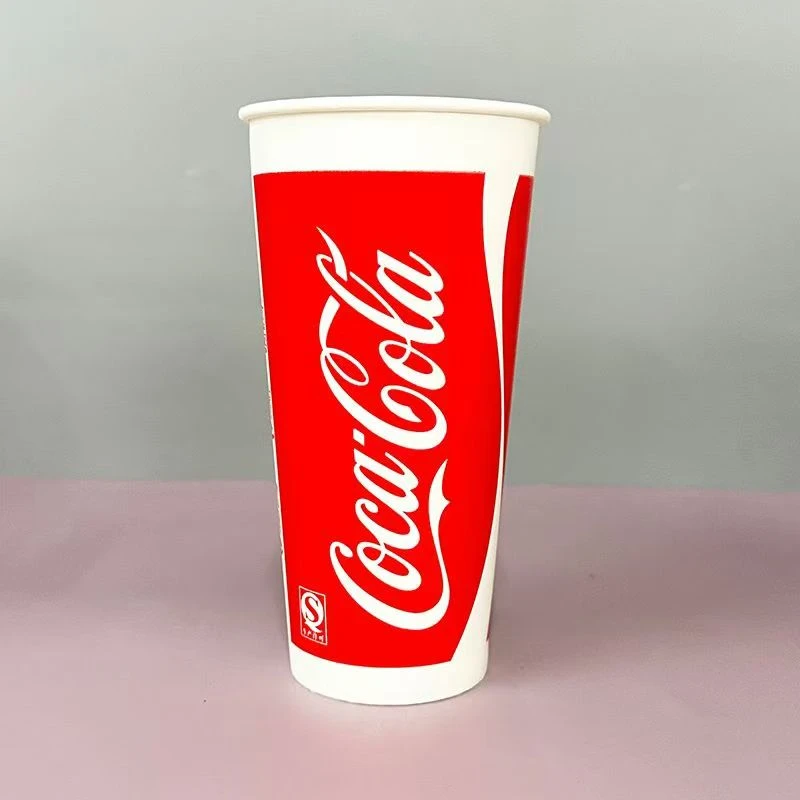Digital Printing for Food Packaging Revolutionizing the Industry
In an increasingly digital world, the food packaging industry is undergoing a transformative change that significantly impacts branding, shelf appeal, and customer engagement. Digital printing technology has emerged as a game-changer in the packaging sector, providing innovative solutions that enhance product presentation and streamline production processes. This article explores the advantages of digital printing for food packaging and why it is becoming an indispensable tool for manufacturers and marketers alike.
One of the primary benefits of digital printing in food packaging is its ability to produce high-quality graphics with vibrant colors and sharp details. Traditional printing methods, such as flexography or lithography, often require complex setup processes and large amounts of time and resources, especially for short runs. In contrast, digital printing allows for quick and efficient production. Brands can produce small batches of packaging without sacrificing quality, making it an ideal solution for seasonal products or limited-edition items. This flexibility enables companies to respond swiftly to market trends and consumer demands, enhancing their competitive edge.
Moreover, digital printing facilitates customization in packaging. In an age where personalization is key to consumer engagement, brands can print unique designs, messages, or images on their packaging to connect with specific target audiences. For example, a brand could run a personalized campaign where customers can choose their design or even have their names printed on the labels. Such initiatives not only boost brand loyalty but also encourage social sharing, amplifying marketing efforts through consumer-generated content.
Sustainability is an essential consideration in today's food packaging landscape. Digital printing supports environmentally responsible practices by minimizing waste. Traditional printing methods often require extensive setup and produce excess materials, whereas digital printing uses only the necessary ink and substrates. Additionally, many digital printing technologies now utilize eco-friendly inks and substrates that further reduce environmental impact. This aligns with the growing consumer demand for sustainable practices, allowing brands to market their products as eco-friendly without compromising on quality.
digital printing for food packaging

Another significant advantage of digital printing for food packaging is the ability to incorporate variable data printing (VDP). This technology allows for the seamless integration of different information or artwork on each printed item. For food packaging, this means that manufacturers can include nutritional information, ingredient lists, barcodes, and expiration dates that are unique to each product without slowing down production. This capability not only enhances compliance with food labeling regulations but also improves traceability and transparency, which are increasingly important to consumers.
Digital printing also opens new avenues for packaging innovation. With advancements in technology, brands can experiment with unconventional materials and sizes, creating standout packaging that captures the attention of shoppers. Unique shapes, textures, and finishes are now possible, allowing brands to differentiate their products on crowded shelves. This level of creativity not only elevates brand identity but also enhances the overall consumer experience.
Furthermore, as e-commerce continues to grow, digital printing can be particularly advantageous for packaging used in online sales. Packaging designed for shipping needs to be both protective and visually appealing. Digital printing provides the flexibility to create custom packaging that reflects the brand’s identity while ensuring that products arrive safely at the customer’s doorstep. This can lead to increased customer satisfaction and repeat purchases, which are crucial for e-commerce success.
In conclusion, digital printing for food packaging stands at the forefront of innovation, offering numerous advantages that enhance product presentation, increase efficiency, and promote sustainability. As brands strive to meet changing consumer preferences and navigate a competitive marketplace, embracing digital printing technology can provide the tools they need to thrive. The ability to create personalized, high-quality packaging quickly and sustainably positions digital printing as an essential component of modern food packaging strategies. As the industry continues to evolve, those who harness the power of digital printing will be well-equipped to meet the challenges and opportunities of tomorrow's food packaging landscape.



